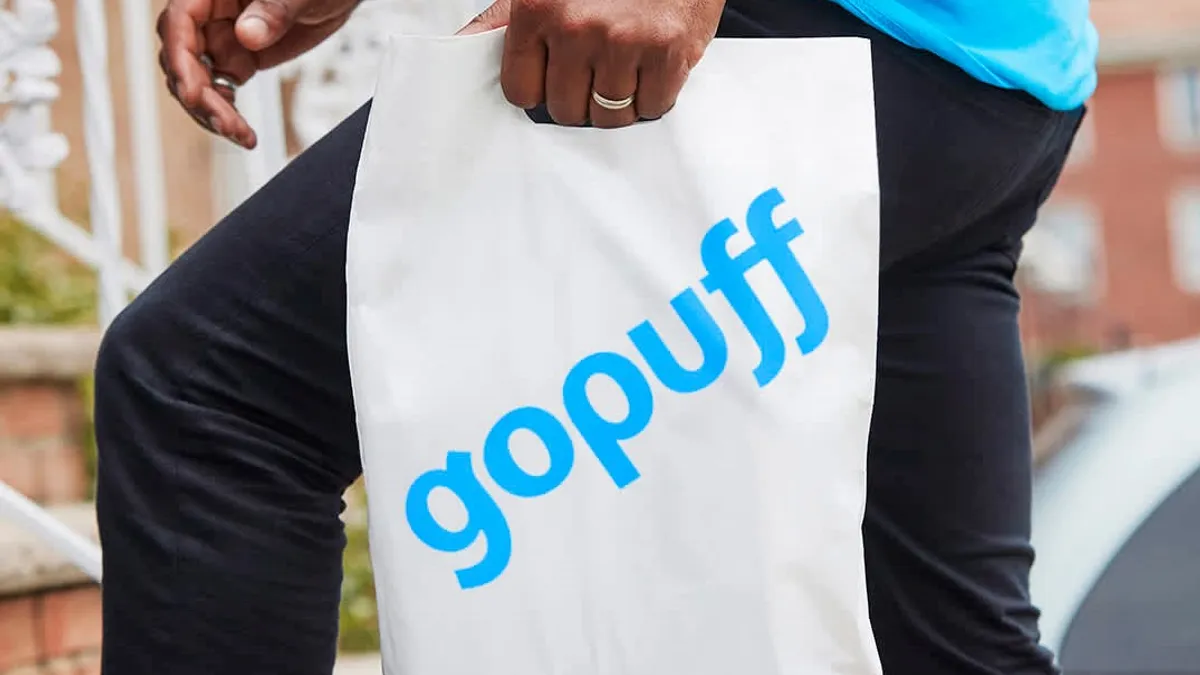While recent negative media surrounding social media may have marketers nervous about the potential impact on consumer engagement, new research suggests they have nothing to worry about. In a survey conducted by Sprout Social this summer, 48% of respondents reported interacting with brands on social media at a higher rate than previously.
One takeaway from a report based on the research is that despite consumer concerns around social media and AI investments, all platforms in this space provide brands with some sort of value.
“Consumer engagement with brands only continues to rise,” said Layla Revis, vice president of brand and social at Sprout Social via email. “While 36% have maintained the same level of engagement, nearly half of social media users are interacting with brands more on social media today than they were just six months ago. Brands’ followers are more engaged than ever, so marketers should pay close attention to what’s working and what’s not on each platform.”
“The 2024 Social Media Content Strategy Report” evaluated the responses of 4,400 consumers across the U.S., Canada, U.K., Ireland and Australia. All respondents had at least one social media account and followed a minimum of five brands. The survey was conducted between June 28 and July 10, 2024 by Cint on behalf of Sprout Social.
Meaningful engagement (but keep it brief)
Short-form video content on social media has changed the way consumers, especially young ones, shop. TikTok is the number one app for Gen Z when it comes to product discovery, with 77% of users in this age group engaging with the app for this purpose. Instagram is a close second, with 74% of users, according to the report.
As a whole, TikTok has become an important platform for brands when it comes to consumer engagement, with 54% of users engaging with brand content at least once per day while approximately 30% engage with brand content at least once per week.
“Video is not just preferred but essential for modern content strategies, as they are an effective tactic for storytelling, showcasing brand personality, and driving conversions,” said Revis.
While short-form video helps to drive engagement, that doesn’t mean brands should neglect long-form content. Among social media users, 78% have a YouTube account, with that number skewing higher for Gen Z and millennial consumers, according to the report. Of YouTube users, 51% are most likely to engage with long-form video content from brands.
However, gaining long-form viewership isn’t without its challenges. Brands need to tailor their content around what YouTube viewers want in order to keep their attention. YouTube users desire entertainment and educational content over sponsored influencer content and other branded content, such as giveaways. The extra effort that goes into long-form content can be worth it, as 32% of YouTube users interact with brands daily while 47% engage at least once a week.
The popularity of short-form content on YouTube could also prove impactful to marketers as the possibility of a TikTok sell-off looms. While not as popular as Instagram Reels, YouTube Shorts’ impact is still being felt. Additionally, it is relatively easy for advertisers to cut up longer content to disseminate among short-form platforms, according to the report.
“While the future of TikTok remains to be seen, this broader shift to video, especially short-form, ensures brands are not overly dependent on one platform to reach their audiences,” said Revis.
Find your platform
While the study found all platforms have value, not all platforms are created equal. When a consumer interacts with a brand via social media, they expect different things from different platforms. For example, Facebook is a go-to platform for customer care, mostly among older consumers.
For younger consumers, Instagram serves a similar function, according to the report. While 84% of social media users have an Instagram account, Gen Z consumers are the most likely to use it for customer care, at a rate of 72%. And there is a demand to be met here, with 44% of social media users saying they wish brands would increase their Instagram activity.
“Each social media platform is vastly different and while comprehensive social strategies are essential to success, it’s important to hone in on what consumers want out of each app they use,” said Revis. “While Instagram is number one for product discovery, consumers take to Facebook over every other social media platform for customer service.”























